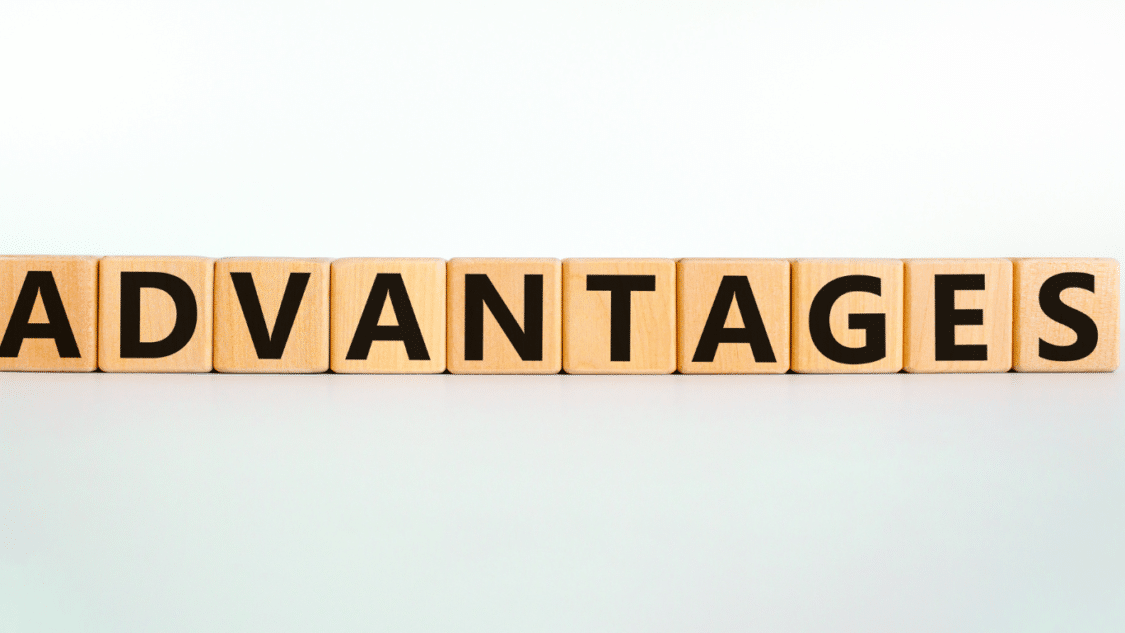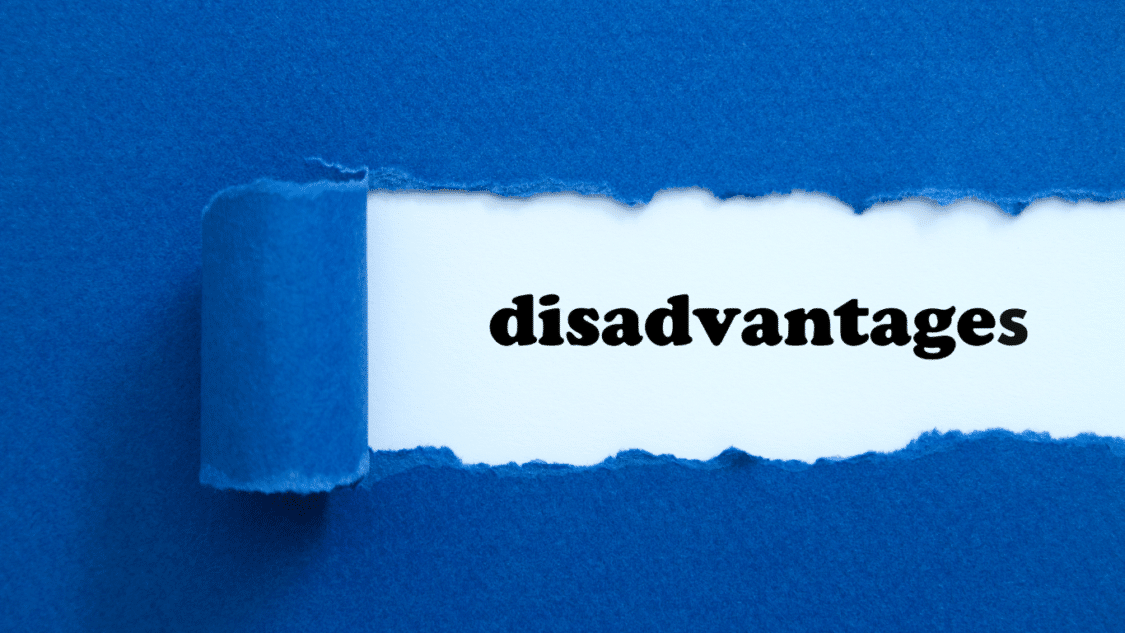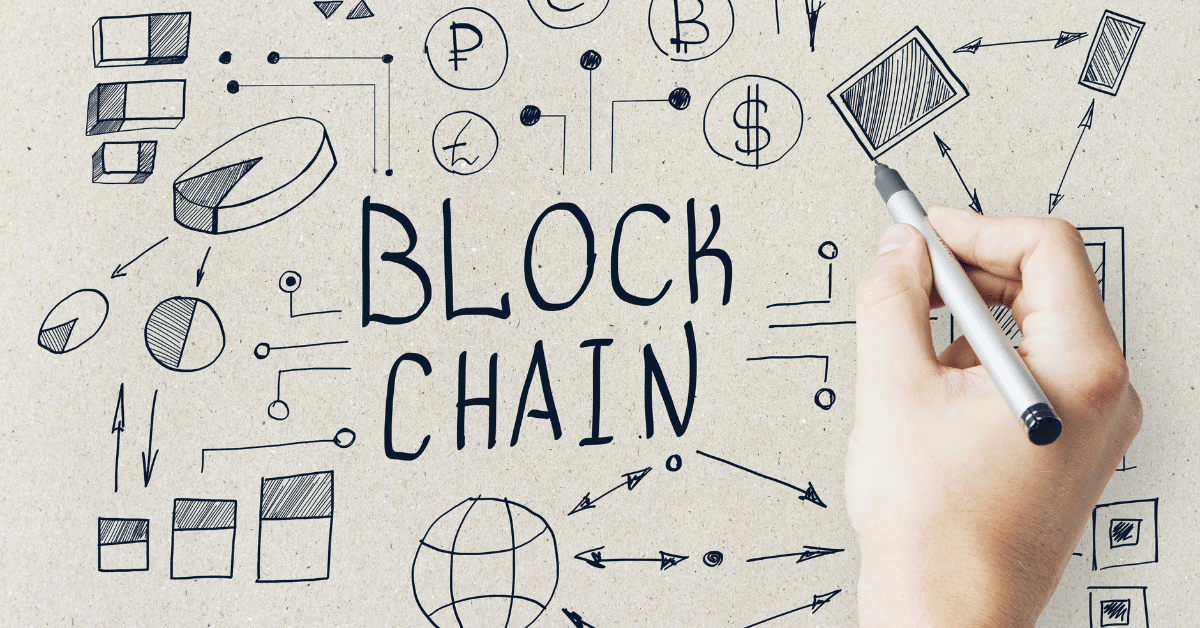A blockchain bridge is a mechanism that allows different blockchain networks to interact with one another. It enables the transfer of assets, data, and information between different blockchain platforms, enabling interoperability.
Blockchain technology can create decentralized networks that are secure and transparent. This can significantly increase the reach and adoption of dApps, as users on different blockchain platforms can now access them. However, this also means that different blockchain networks are isolated from each other and cannot interact directly. A blockchain bridge links these isolated networks, allowing them to communicate and exchange information.
Main Types of Blockchain Bridges

Cross-Chain Atomic Swaps: These allow for exchanging different cryptocurrencies between different blockchain networks without needing a centralized intermediary. This is done through smart contracts. Smart contracts automatically execute the exchange of assets when certain conditions are met.
Federated Bridges: These rely on a group of trusted nodes to validate and confirm transactions between different blockchain networks. This type of bridge is helpful for situations where increased security and control over the transfer of assets is necessary.
Sidechains: This type of bridge allows for the creation of separate blockchain networks connected to the main blockchain. These sidechains can be used to perform specific tasks. Such as increased scalability or privacy while still being able to interact with the main blockchain.
Overall, these bridges play a crucial role in the growth and development of the blockchain ecosystem. They enable interoperability between different blockchain networks, allowing for the seamless transfer of assets and information. This, in turn, leads to increased utility and value for all involved blockchain networks and also provides for the growth of decentralized applications across multiple blockchain networks.
Advantages of a Blockchain Bridge

Interoperability: One of the main advantages of a bridge is that they allow transferring assets, data, and information between different blockchain networks. This enables interoperability between other platforms, increasing the utility and value of each blockchain.
Increased adoption of decentralized applications (dApps): Blockchain bridges also enable the use of dApps on multiple blockchain networks. This can significantly increase the reach and adoption of dApps, as users on different blockchain platforms can now access them.
Better Scalability: Some types of blockchain bridges, such as sidechains, can improve scalability by offloading specific tasks to separate blockchain networks. This can help to reduce congestion on the main blockchain and enhance overall performance.
Improved Security: Federated bridges rely on trusted nodes to validate and confirm transactions between different blockchain networks. This can provide increased security and control over the transfer of assets, making it useful for situations where security is a concern.
Increased Efficiency: Blockchain bridges can also increase efficiency by allowing faster and more cost-effective transfers of assets between different blockchain networks. This can help to reduce costs and improve the overall speed of transactions.
Overall, these bridges play a crucial role in the growth and development of the blockchain ecosystem. By enabling interoperability between different blockchain networks and improving scalability, security, and efficiency. Blockchain bridges can significantly increase the utility and value of each blockchain.
Disadvantages of a Blockchain Bridge

Increased complexity: Blockchain bridges can introduce an additional layer of complexity to the blockchain ecosystem, requiring users to navigate multiple blockchains and intermediaries to transfer assets. This can make the process more time-consuming and potentially more error-prone.
Centralization risk: They typically rely on intermediaries to facilitate asset transfer between different blockchains. This introduces a new point of centralization and potential vulnerability, as attackers may attempt to compromise the intermediary or its infrastructure to steal or alter data.
Smart contract risk: Smart contracts are an essential component of many blockchain bridges, but they can also be vulnerable to a range of security issues, such as coding errors, bugs, and malicious code. This can result in loss of funds or the compromise of sensitive data.
Cost: Using a bridge can involve additional transaction fees and costs, mainly if multiple intermediaries are involved in the asset transfer.
Regulatory challenges: They may be subject to regulatory requirements, such as Know Your Customer (KYC) and Anti-Money Laundering (AML) regulations. Compliance with these regulations can be complex and expensive, mainly if multiple jurisdictions are involved in the asset transfer.
Adoption challenges: The adoption of blockchain bridges may be limited by factors such as low user awareness, lack of standardization between different blockchains, and the technology’s relative immaturity.
It is important to consider the risks and benefits of using a blockchain bridge, implement appropriate security measures, and conduct thorough due diligence when selecting intermediaries or other service providers involved in the asset transfer process.
What are some of the technical challenges involved in building a blockchain bridge?
Building a blockchain bridge is a technically challenging task that requires overcoming a number of significant obstacles. Some of the key technical challenges involved in building a blockchain bridge include the following:
- Protocol differences: Different blockchains use different protocols and consensus mechanisms, making it difficult to ensure that data is transferred accurately and securely between them. This requires careful design and development to ensure the bridge can accurately interpret and communicate data between blockchains.
- Security risks: Blockchain bridges are vulnerable to security risks such as hacking and theft. It is essential to design and implement robust security measures that protect against these risks, including encryption, multi-factor authentication, and access controls.
- Interoperability: Different blockchains may have different standards for data exchange and smart contract execution. This can create compatibility issues that need to be addressed to ensure seamless communication between blockchains.
- Scalability: Blockchain bridges need to be able to handle large volumes of data and transactions. This requires designing the bridge with scalability in mind and implementing techniques such as sharding and load balancing to ensure that the bridge can handle high volumes of traffic.
- Consensus: Blockchains rely on consensus mechanisms to ensure that transactions are validated and processed securely and transparently. When multiple blockchains are involved, ensuring that consensus is reached across all of them can be challenging. This requires careful design and development of consensus mechanisms that work across different blockchains.
- Latency: When transferring data between different blockchains, there may be delays or latency issues that can impact the accuracy and efficiency of the transaction. This requires careful optimization of the bridge to ensure that data is transferred quickly and efficiently.
Addressing these technical challenges is essential to building a robust and reliable blockchain bridge supporting seamless interoperability between blockchains.
What impact could blockchain bridges have on the wider financial industry?
Blockchain bridges could enable the faster and more efficient transfer of assets between different blockchains, reducing transaction times and costs. They could increase liquidity by facilitating the transfer of assets between different blockchains, providing more opportunities for traders and investors. They could also increase transparency by enabling real-time tracking of asset movements across different blockchains.
Blockchain bridges could increase access to financial services and assets, particularly in areas where traditional financial institutions are less prevalent. Additionally, blockchain bridges could reduce the need for intermediaries in financial transactions, potentially reducing costs and increasing security.
Traditional financial institutions are likely to respond to the emergence of blockchain bridges in various ways. Some may embrace blockchain bridges and integrate them into their existing systems, while others may view them as a threat and seek to regulate or restrict their use. Additionally, some financial institutions may develop their own blockchain bridges to compete with existing ones.
The emergence of blockchain bridges is likely to reshape the financial industry in significant ways, providing new opportunities for innovation and growth. However, it is essential to carefully consider the potential risks and benefits of using blockchain bridges and to ensure that appropriate security measures are in place to protect against potential security threats.
What are the governance models typically used for blockchain bridges?
The governance models used for blockchain bridges vary depending on the specific design and purpose of the bridge. However, there are several common governance models used in the blockchain industry, including:
- Decentralized governance: In a decentralized governance model, decision-making authority is distributed across a network of stakeholders, typically through a consensus mechanism such as a blockchain. This model is designed to ensure that no single entity has control over the bridge and that decisions are made transparently and democratically.
- Federated governance: In a federated governance model, decision-making authority is held by a group of trusted parties or organizations. This model is often used in private blockchain networks or consortiums, where members agree to a set of rules and standards governing the operation of the network.
- Centralized governance: In a centralized governance model, a single entity, such as a company or government agency, holds decision-making authority. This model is less common in the blockchain industry, as it contradicts the decentralized and trustless ethos of blockchain technology.
Who can benefit from a Blockchain Bridge?
Blockchain developers can benefit from the use of blockchain bridges by being able to create decentralized applications (dApps) that can run on multiple blockchain networks. This can significantly increase the reach and adoption of their dApps.
Similarly, businesses and organizations can benefit from bridges by transferring assets, data, and information between different blockchain networks. This can increase efficiency and reduce costs, making it easier for businesses to operate across other blockchain platforms.
In addition, investors can benefit from blockchain bridges by trading assets on different blockchain networks without needing a centralized intermediary. This can increase the liquidity of assets and provide more investment opportunities.
Users can benefit from bridges by accessing decentralized applications (dApps) on multiple blockchain networks such as the bitcoin blockchain. This can increase the utility and value of the blockchain ecosystem for all users. Blockchain bridges can also benefit researchers and academics studying blockchain technology and its potential use cases.
Lastly, blockchain bridges can benefit many individuals and groups, from blockchain developers to businesses, investors, and regular users. Blockchain bridges can significantly enhance the overall blockchain ecosystem by enabling interoperability between different blockchain networks and increasing the reach and adoption of decentralized applications.




